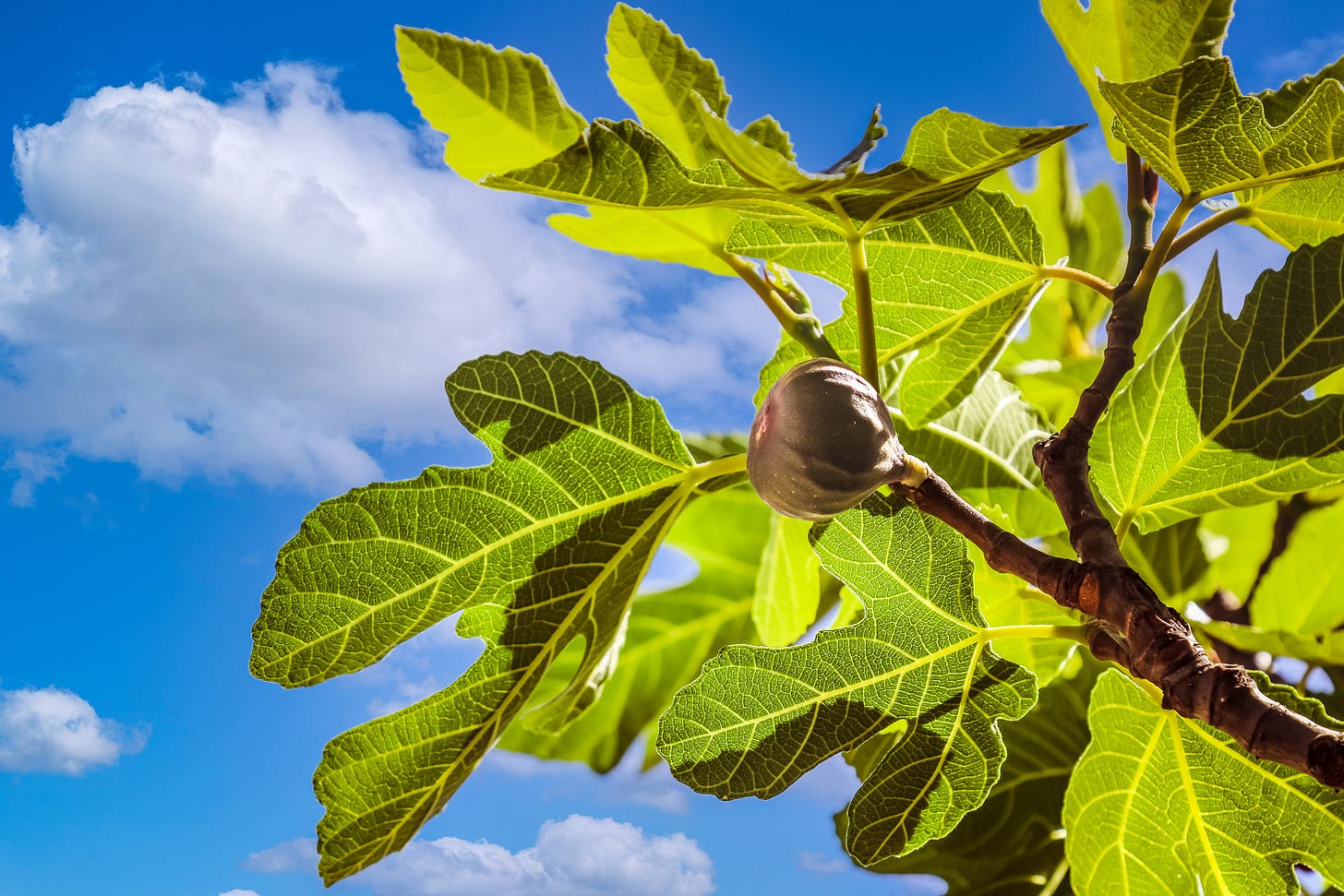Home, again
By Tim Carl
NAPA VALLEY, Calif. — I've recently been away participating in a series of wedding celebrations for my daughter — a total of four. This brief hiatus has sharpened my appreciation for various aspects of my life, not least of which is the exceptional storytelling found in Napa Valley Features.

With 18 committed collaborators, we aim to provide local content that can't be found anywhere else. Our team is a mix of emerging talents and seasoned veterans such as Dave Stoneberg, Glenda Winders, Paul Franson and Sasha Paulsen. Paulsen managed to deliver breaking news while also helping care for her daughter's dog, Puck, who recently underwent surgery.
The team's coverage ranged from the start of grape harvests at Bin to Bottle and Matthiasson Winery to updates on St. Supéry's Sauvignon Blanc harvest. Anne Ernst provided crucial updates on PG&E's power shutoff strategies, and Evy Warshawski reported on community events such as the L'Chaim Food and Wine Festival. There was so much more, too. And because we are ad-free, thanks to the 31% of our readers who have invested as paid subscribers, next week there will be even more.
As I sat each morning, coffee in hand, reading the day's stories, I also pondered my daughter's marriage to an extraordinary individual. I felt an overwhelming sense of gratitude for family, community and home. I have come to understand that the meanings of these essential terms — family, community, home — are subject to change; they evolve as our relationships with them do. This realization struck me when I returned and Sasha inquired about how the wedding celebrations had unfolded.
"Awesome," I said, "But it’s also nice to be home."
This was not "awesome" in the casual manner often adopted by my Gen-X cohort. We frequently use the term, even in our late 50s, as colloquial filler, similar to how other generations use "cool" or “rad.” Rather, my feeling was one of genuine awe. My daughter and her spouse had commenced a new chapter, celebrated via Zoom, in San Francisco, Napa Valley and Oklahoma with the groom's extensive and inviting family. Each environment felt like home, deepening connections.
In meeting new family and reinforcing existing relationships, I reflected on my own enduring connections to Northern California.
What is home?
When I was growing up in St. Helena, my mother often reminded my brothers and me of our multigenerational ties to the area. She recounted this ancestral connection with a tone that blended both pride and responsibility, particularly highlighting these ties after we had, for example, carelessly damaged a majestic fig tree in our backyard while constructing a fort in its delicate upper branches. In those moments her reminders seemed to summon the watchful gaze of our ancestors, looking down sternly at our overexuberant construction that had marred the tree.
I came to understand that having ancestors here since the mid-1800s carried with it a distinct sense of obligation, a sentiment conveyed more through my mother's tone than through explicit explanation.
As I grew older, I encountered similar narratives from others. Conversations about fourth, fifth and even sixth-generation Californians echoed my mother's words. These stories often mirrored the blend of pride and accountability that I'd heard in her voice, reminding us that our roots ran deep and that our role in this place extended beyond passive existence to active engagement in maintaining its health and sustainability.
My mother's reminders about our familial heritage diminished after 1976, however, when I was 11. She had become increasingly interested in the history of the area's Native Americans and gave me a book, "Ishi in Two Worlds: A Biography of the Last Wild Indian in North America."
I devoured it, reading it multiple times.
Ishi
Widely believed to be the last surviving member of the Yahi tribe, Ishi came into the public eye in 1911. Cornered by dogs and captured by local authorities in Oroville, his journey from obscurity to public attention symbolized the abrupt transition from a world rooted in centuries of indigenous wisdom to a rapidly modernizing society. He became a symbol of a vanishing era and a bridge to a fading way of life.
Ishi worked as a live-in custodian and research assistant/subject at the University of California's Anthropology Museum in San Francisco. His presence offered anthropologists and researchers an unprecedented opportunity to study the culture and history of the Yahi people, as well as his knowledge of traditional practices and his understanding of the equilibrium between indigenous communities and the environment.
His teachings, often conveyed through unspoken actions and observations, illuminated the profound connection between indigenous communities and the land. Ishi shared valuable information about sustainable resource utilization, demonstrating how native peoples had thrived by understanding and honoring ecosystems.
The details of what Ishi's mother told him remain unknown. But as a member of the Yahi tribe she would have imparted ancient knowledge, stories, cultural practices and survival skills central to their way of life. These teachings would have encompassed a spectrum of Yahi culture — hunting, farming, spiritual beliefs and, perhaps most importantly, the profound connection between their community and the Earth.
After I read the book my pride in being a fifth-generation Californian transformed into awe at what it must have been like for Ishi and his people to have such deep roots to the region I call home.
Indigenous roots
The record of human life in California dates back at least 12,000 years, with one controversial study suggesting that humans lived in the area about 130,000 years ago. Most scientists believe that humans have probably lived here between 12,000 and 20,000 years. Suffice it to say, Native Americans had lived in this region for many generations before my ancestors arrived.
On average, a generation is calculated to span around 25 to 30 years. In 20,000 years, then, there could have been approximately 667 to 800 generations. If I thought my short history provided some special tie to this land, what might be the magnitude of such sentiment from someone with, let's say, 667 generations? They would have known every rock, plant and stream; they would have understood the nuanced rhythms of the land and mastered the arts of fishing, farming and acorn harvesting.
Unlike most Native American tribes that inhabited small regions of land for millennia, most of my own ancestors were nomads, moving from place to place, seldom settling for long. It is a heritage shared with countless other Californians who trace their roots back to the mid-1800s. For more geographically specific cultures, however, such rapid influxes of immigrants were devastating.
In the early 1700s, the indigenous population in California is estimated to have numbered between 133,000 to 700,000. By the dawn of the 20th century, the indigenous population had dwindled to an estimated 20,000 individuals. This historical trajectory painted a poignant picture of the impact of external forces on native communities.
At that point, I had another nagging question: What happens to any of us when there is nowhere else to go?
The ability of Ishi and his tribe to migrate had been restricted to the point of no return. But as a child growing up in the 1970s and '80s, I was seeing a world where there were few, if any, wild places left, places that my own wandering ancestors would have considered both opportunities and sanctuaries. But for me and future generations, that would not be an option.
With this in mind, I turned my attention to philosophers to try to find some answers. I was 16.
The transcendentalists
The transcendentalists of the late 19th century, including figures such as Margaret Fuller, Henry David Thoreau, Ralph Waldo Emerson, Walt Whitman and John Muir, opposed the aggressive industrialism that endangered the natural world. Motivated by a profound love for the environment and an urgent desire to safeguard it, they advocated for minimal human interference in nature.
Their message deeply resonated with me, leading me to perceive humans as somehow separate from nature, best serving as non-disruptive observers — spectators of the natural world.
However, although their intentions were aimed at benefiting the natural world, this notion of human disconnection from nature seemed incomplete. It failed to acknowledge that humans are not mere outsiders in the intricate web of life but are, in fact, integral threads in the environmental fabric.
Furthermore, many transcendentalists seemed to view Native Americans either through a romanticized and idealized lens or with a paternalistic attitude, seeing them as childlike or primitive. I was beginning to recognize the significant role the written word plays in shaping our views on everything from ourselves to society, as well as nature and the universe.
The stories we tell
In 1986 I enlisted in the U.S. Navy and was deployed to the Persian Gulf as part of a protective force during a violent Iran-Iraq conflict. Amid constant threats from Scud missiles, mines and explosive-laden watercraft, I found solace in Greek philosophy and modernist thought. These readings helped me balance my belief in active citizen participation with concerns that human limitations in exploring new frontiers could fuel future conflicts.
It was during this period that a friend introduced me to Ursula K. Le Guin's "The Carrier Bag Theory of Fiction." In this work, Le Guin challenges the conventional narrative archetype of the hero's journey, which focuses on conflict and conquest. Instead, she introduces the concept of the carrier bag as a storytelling tool that emphasizes gathering, nurturing and collaboration. Through this metaphor Le Guin advocates for a broader, more inclusive narrative approach that considers the complexity of human nature and relationships.
This brief work had a profound effect on me. It reinforced the importance of storytelling in shaping our perception of the world, offering alternatives to the popular but limited hero's journey narrative.
Tending the wild
Our narratives also shape how we perceive our relationship with Earth. While my ancestors arrived in California viewing it as an untamed expanse open for development, Native Americans had long considered the land an irreplaceable home to nurture.
Kat Anderson's "Tending the Wild" investigates the wisdom indigenous communities have about their ecosystems. Through historical research integrated with indigenous practices, Anderson outlines sophisticated farming techniques developed over generations for sustainable environmental care. Her work highlights the relevance of these traditional methods in addressing today's environmental challenges.
Similarly, "Braiding Sweetgrass" by Robin Wall Kimmerer, a botanist and member of the Citizen Potawatomi Nation, blends indigenous wisdom, scientific observation and personal anecdotes. Kimmerer focuses on the reciprocal relationships among plants, animals and humans, urging readers to see the land as both a provider and a relative. Her work invites us to rethink our role in the complex web of life, fostering a deeper ecological and cultural awareness.
Together, these works underscore the message that indigenous views acknowledge a deep interconnectedness between humanity and the natural world. They not only emphasize the need for environmental stewardship but also offer narratives that have been passed down through generations.
Making home
In a world undergoing rapid transformation, where technology and urbanization are reshaping our living spaces, the era of fleeting interactions with our environment has passed. The realization that Earth is home to more than 8 billion people prompts a pivotal change in perspective. Gone are the days when our actions could be considered without long-term consequences; we now enter an era where the implications of our choices resonate with immediate and often lasting impacts on ourselves, the environment and future generations.
Currently I am reading Le Guin’s "Always Coming Home," a speculative fiction work that examines a future society in Northern California — including Napa Valley — long after the fall of modern civilization. The book was recently recommended to me by Paulsen and Sean Scully, the former editor of the Napa Register. I find that books sometimes surface when they are most needed, even older ones like this, published in 1985.
The book delves into the lives and traditions of the fictional Kesh people, a community focused on harmony with nature and communal living. Framed as an anthropological study complete with folklore, poems and recipes, the book challenges conventional ideas about progress and utopia. Even so, the young protagonist is drawn to a world of conflict and discord. Faced with divergent paths that have their own allure and challenges, the reader is led on a winding journey into the future's future.
Since I can remember, the Napa Valley has served as a compelling illustration of the conflicts we face more broadly. Despite its opulence, characterized by luxurious wineries, restaurants and residences that serve as second homes, the region remains fundamentally a farming community, linked inextricably to nature. Here, evolving narratives of environmental stewardship and interconnectedness become manifest. Amid the expansive vineyards, rolling hills and gentle breezes, our obligations to the land and to one another grow ever more palpable, extending beyond generational lineage.
For my daughter and her new husband, and for all of us embarking on new adventures, our shared connection to Earth's fate intensifies daily. While the emphasis on generational legacy diminishes, the need for thoughtful discourse grows in prominence. Responsibility for our collective fate is not confined to specific individuals or groups; it reflects the understanding that each person has an irreplaceable and significant role in the ongoing narrative of any place considered home, every place that may be.
Tim Carl is a Napa Valley based photojournalist.







Thank you This was an engaging article and a great read.
thank you for this thought- and perhaps action- inspiring piece